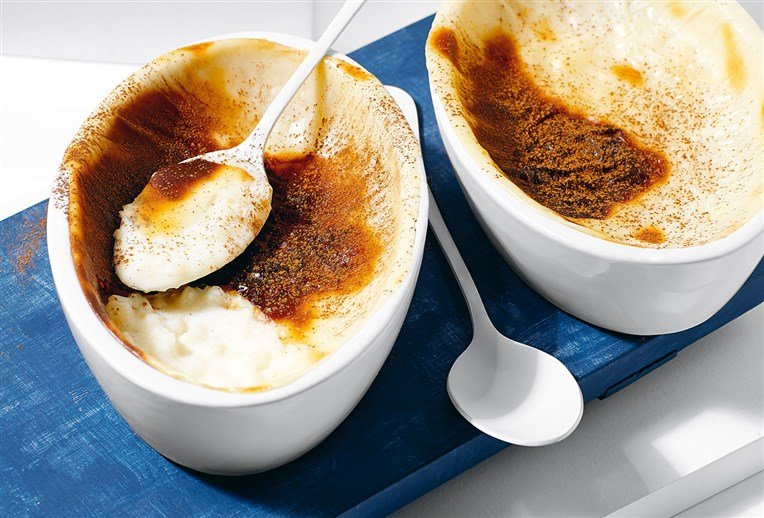Rice pudding, potato pancakes, pancakes – a dollop of apple puree is simply part of it. The Stiftung Warentest tested applesauce and apple pulp and also took a close look at the popular apple variety for children. Which one tastes fresh and aromatic? Is it worth buying more expensive apple pulp? Are pollutants a problem? Our test clarifies that. Of 25 apple puree products in the test, 10 do well (prices: 0.08 to 1.10 euros per 100 grams).
25 products put to the test: applesauce, apple pulp, quetschies
Chopping apples, steaming, straining – the method of boiling apples and thereby preserving them is ancient. However, households used to prepare the fruit puree themselves; today, industry does this to a large extent. Your glasses, cardboard boxes and squeeze bags are in every grocery store. We tested 25 products, including classic and inexpensive applesauce with added sugar, applesauce with no added sweetness and fruit puree made from apples in sachets. We checked for pollutants such as pesticides as well as whether really only perfect apples were processed and how much aroma from the apple is still contained. The apple pulp – it often costs more than puree – we checked for added sugar. In the taste test, we determined whether it tasted so much different than applesauce.
Clear differences in taste …
The test quality ratings range from good to just about sufficient. One reason: the products sometimes differ significantly in taste. The three best in this test point taste aromatic, complex, strong apple and slightly sweet. With others, on the other hand, the apple did not come into its own; Some also had annoying storage or cooking notes.
.. and the sugar content
Every apple naturally contains sugar, which is then also contained in the product – but how much sugar is there in the applesauce that is additionally sugared? We determined the total sugar content and found appropriate differences between the groups. In our Quetschies Special we go into more depth on the question of whether the sugar content in Quetschies is acceptable for children and whether the contents of the sachets can be an alternative to fresh fruit.
Packaging waste: screw jars, printed cardboard boxes, squeeze bags
When the fruity apple contents are eaten, the packaging goes in the trash. Which type of packaging has which advantages? Glass has a number of advantages: it does not emit any substances into the food, is comparatively easy to recycle, and the lids can be disposed of in the recyclable waste. Cons of the glass: it is heavy and fragile. Composite cardboard is lighter and unbreakable, but in the test they consisted of different layers of film – this makes recycling more difficult, for which the most homogeneous plastics are a prerequisite. The squeeze bags are also made of this type of composite material. There are now squeeze bags for refilling, which we also checked. This helps to avoid waste and protect the environment.
